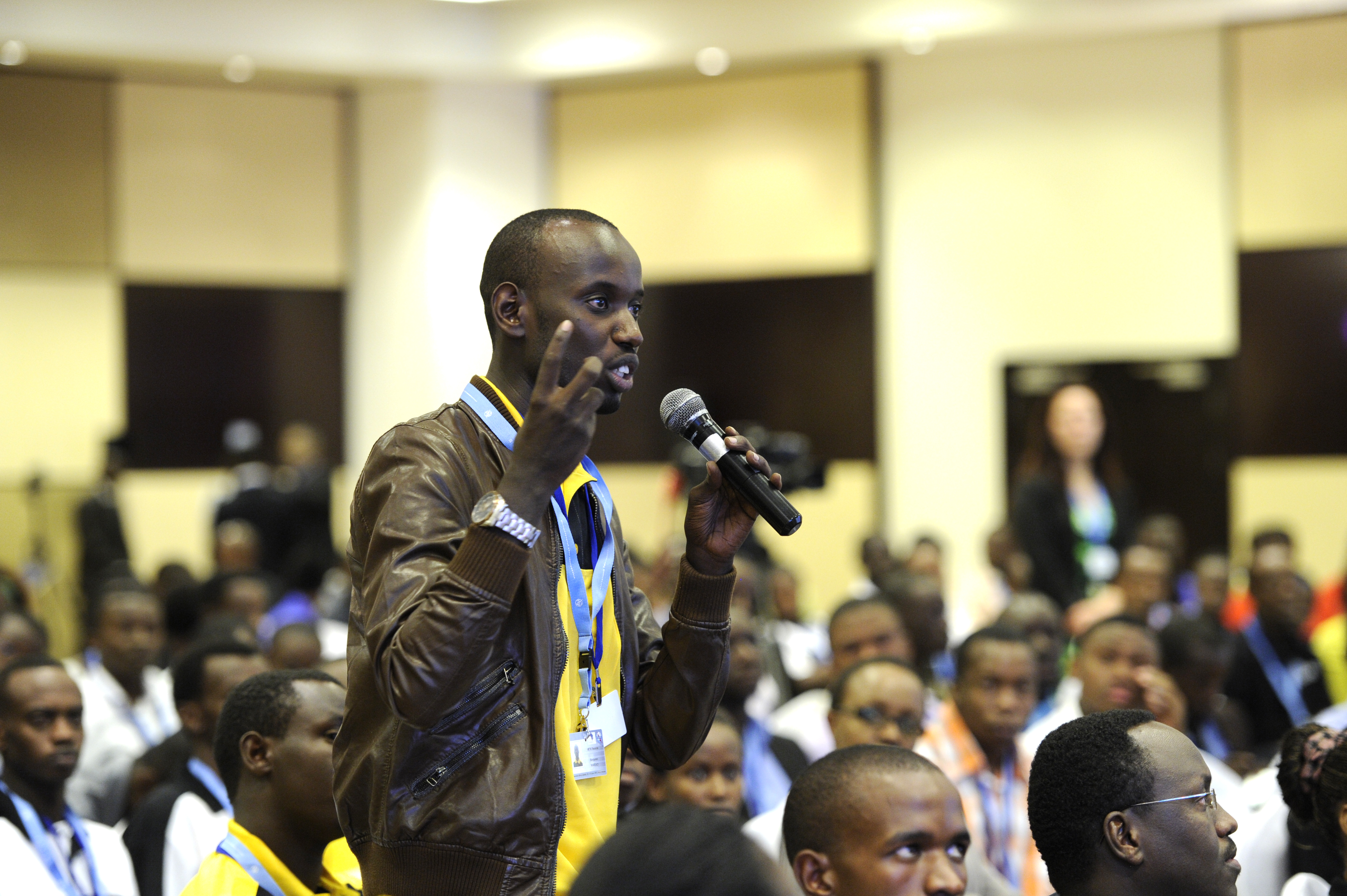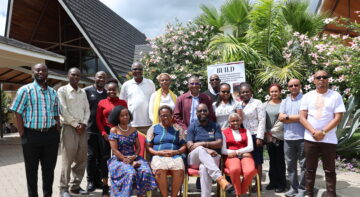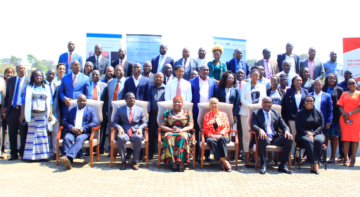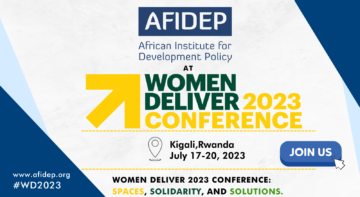News

The African Institute for Development Policy (AFIDEP) recently participated in the launch of an advocacy video titled “We are Kenya’s future: Investing in young people for stronger growth and prosperity“. The launch, which took place on 19th September 2017 at the Heron Court Hotel, pulled together a combination of policymakers from health, education, agriculture, several private sector stakeholders, youth involved in the Policy Advocacy and Communications Enhanced for Population and Reproductive Health (PACE) project, UN officials, and representatives of other Non-Governmental Organisations. The video serves as a communication tool and advocacy strategy for young people in Kenya to engage with policy audiences on issues related to the demographic dividend. It is also one among a series of videos produced in Kenya in collaboration with the Population Reference Bureau (PRB) with financial support from United States Agency for International Development (USAID), in order to create awareness and advocate for the demographic dividend. Specifically, the objectives of the video are:
- Educate Kenyan decision makers about the role of young people in achieving a demographic dividend.
- Enlighten Kenyan decision makers about specific investments in youth health, education, job growth, and participation that will support Kenya’s economic growth.
- Excite Kenyan youth advocates about the demographic dividend and their role in achieving it.
- Provide an effective advocacy tool that Kenyan youth advocates and other professionals can use when engaging with decision makers.
The event was commended for giving a voice and a platform to young people as actors spearheading the event rather than having them invited merely as spectators, which has often been the case in many meetings. Young people from Nyamira, Kericho, Kwale, Kisii, Kiambu and Nairobi County were given the platform to express their views in as far as achieving the demographic dividend. Having been centrally involved in the design and development of the video as part of the youth advisory group, I penned this blog to share some reflections on the challenges that young people face and possible recommendations.
Kenya at a glance
Kenya’s current population is estimated to be nearly 49 million, 10 million more than was counted during the 2009 national population and housing census. With a total fertility rate (TFR) of 3.9 births per woman in 2014, Kenya’s population is one, rapidly growing and two, very youthful. A country’s youth population may either be a bonus or a burden, depending on the investments the country makes in them. With the right policies and investments, Kenya can reap a demographic dividend, which is the accelerated economic growth that can potentially occur when the ratio of the working-age population (15-64 years) relative to dependents (0-14 years and 65+) increases significantly. The key to Kenya’s future success therefore, is through investments in young people in the areas of health, education, job creation and active participation in the country’s economy.
Reactions to the video
Prior to the launch, the video was played during one of the Adolescent Health Technical Working Group meetings held in May 2017, and most participants had a better understanding of the demographic dividend and expressed interest in disseminating the video in other circles. I also shared the video with a few young people and the feedback was that they felt a new sense of hope for their future and that the simplicity of the video helped to clarify how a country can harness the demographic dividend. One nineteen-year-old had this to say:
“After watching the video, it makes me feel like venturing into demography“.
It is interesting to note that despite the buzz surrounding the demographic dividend theme in Africa, a lot of people in the health sector nationally still do not understand the concept hence the need for advocacy and awareness on the demographic dividend. As we advance the youth and demographic dividend agenda, the video will be shown in academic, policy and community settings targeting policy makers, young people, programme staff and the media.
Challenges in attaining the demographic dividend
During the development of the video, the general view of members of the youth advisory group was that the representation of youth in matters of national development is not currently inclusive. As a result, we wanted to design a video that is reflective of the diversity of youth in Kenya, that is, as viewed through the dynamics of gender, religion, socio-economic status and ethnicity, among others. When asked what issues young people grapple with in the different counties, the responses were as follows:
- There is a struggle to get employment even after completing higher education
- Stigmatization of youth by some health providers especially when seeking reproductive health services and;
- High levels of illiteracy in urban areas yet Kenya is ranked as one of the economically advanced countries in Sub-Saharan Africa.
On the issue of introducing age-appropriate comprehensive sexuality education (AACSE) in schools, there seems to be a lack of collective political will and commitment as well as myths and misconceptions that have seen this agenda get shelved time after time. Discussions during the launch pointed towards a need for sensitization on AACSE for all involved parties starting with the young people themselves, as well as parents and teachers. Most of the challenges allude to a lack of coordination of efforts by different stakeholders thereby making it difficult to track progress. Government officials present also remarked that they face challenges in relation to provision of resources due to the large population of youth. It is therefore crucial to have collaboration across various sectors for a truly multifaceted approach that includes all pillars of the demographic dividend. Additionally, to address the issue of stigmatisation, the government needs to improve access to contraceptives and reproductive health services to young people across the country.
What next?
Based on these reflections, policymakers should be urged to strengthen their support and commitment towards the general development of young people in the areas of health, education and job creation. For instance, the National Child and Adolescent Health policy that advocates for investment in data on adolescent health needs to be disseminated in all the 47 counties. Similarly, there has been a stall in the implementation of the AACSE in schools, yet it is one of the objectives stipulated in the Ministry of Health’s Adolescent Sexual and Reproductive Health policy (2015). Moving forward, government agencies in charge of steering this matter should deliver on their commitment by providing guidance on the next steps.
Related Posts





